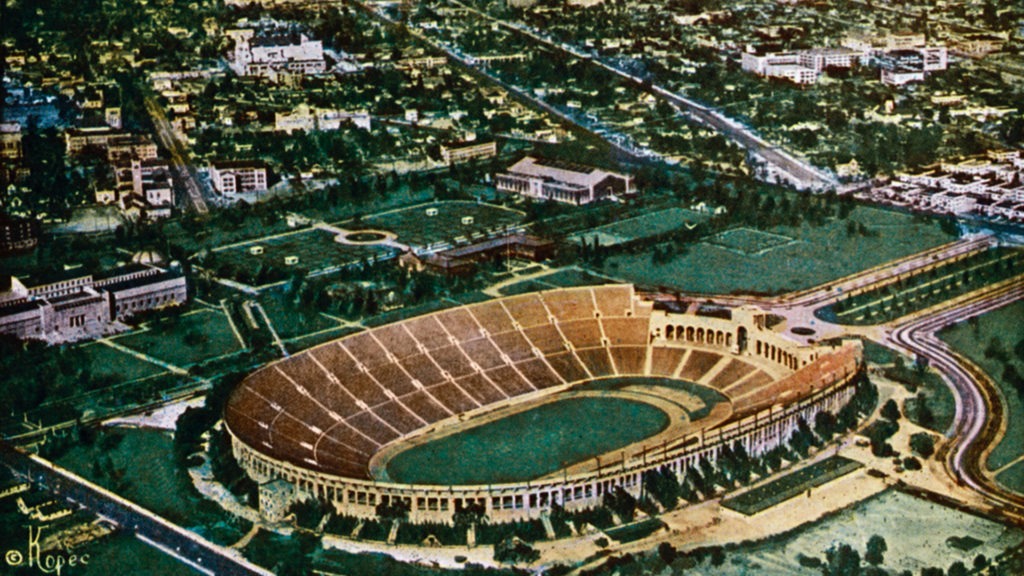The Salt Lake City 2002 Olympic Winter Games set attendance records for a Winter Games, selling more than 1.5 million tickets and attracting a daily average of more than 70,000 fans per day.

Participation dropped to its lowest level in 28 years because of the Great Depression, but several new concepts made their debut: an Olympic Village (for male athletes), Victory Podium and a shortened period of competition.
Held during the Great Depression, participation was its lowest in 28 years. Several new concepts made their Olympic debuts: the Olympic Village (for men only, while the women stayed in a hotel) and the victory podium. Also, whereas from 1900 to 1928, the Summer Games had been no shorter than 79 days, the Los Angeles 1932 Olympic Games were held over 16 days; since then, Summer Games have lasted 15 to 18 days. Babe Didrikson climbed atop the podium twice, taking gold in javelin and 80-meter hurdles and becoming the only athlete (male or female) to win medals in running, throwing and jumping events, taking silver in the high jump.

U.S. Olympic & Paralympic Museum offers parking in the adjacent Park Union District lot for $7.50 per-day. Metered parking is also available on Sierra Madre and Vermijo.
Subscribe now to keep up to date on Museum news and events!
Olympic Marks are used under license from the U.S. Olympic & Paralympic Committee. 36 U.S.C. 220506
Website development supported in part by a grant from the Colorado Tourism Office.